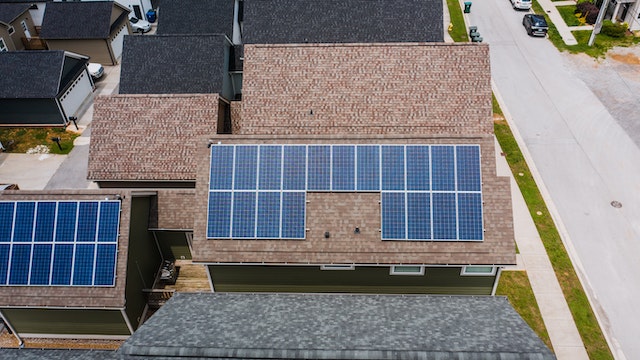If installing solar panels in your home is something you’re considering, there are several things you should consider. You should also be aware of tax breaks that you can receive.
Preparing For a Solar Panel Installation
Preparing for a solar panel installation can be a complex process. You need to ensure your roof can support the weight of the panels and that your electrical system is compatible with solar power.
If you plan to install solar panels, you should consult a professional roofer to determine the type of roof you have. This will help you decide whether you need to install batteries.
Once you have decided where to place the panels, you must decide on a mounting method. The choice of technique can depend on the size of the roof and your budget. Solar panels can be mounted on the ground or on top.
Obtaining a permit would be beneficial when getting ready to install solar panels. Permits can be a hassle. Hiring a reputable solar installer to do all the work is best.
A reputable solar installer like Solar by Peak to Peak will also provide an energy/cost estimate based on your location and resources. Make sure the contractor has a license and experience in solar installations.
Installing Solar Inverters
Solar inverters help convert the direct current generated by the solar panels to alternating current, or AC, that can be used to power loads in the home. Several inverters are available, including string inverters, microinverters, and central inverters.
Whether installing a new system or upgrading an old one, you will need to install solar inverters. These devices are essential for the safety and efficiency of your solar system.
The inverter can be installed directly on your roof or over an existing inverter. You must take care of the mounting to ensure your inverter is appropriately secured. This is important because an improperly mounted inverter can reduce its effectiveness. It would be advantageous if you also provided adequate ventilation.
Installing solar inverters requires basic technical knowledge, but you only need a little experience to get the job done. You can hire a professional from a company like Solar by Peak to Peak or use a combination of tools and skills to do the work yourself.
Installing Solar Panels On The Ground
If you want to go solar, installing solar panels on the ground can be a good option. In fact, this type of system has several advantages over traditional rooftop systems. There are some essential things to know before you begin.
First, you will need to determine the size of your property. Typically, a solar array will require between 20 and 360 square feet of space.
Second, you will need to choose a foundation. Piers made of concrete are the most popular type of foundation. However, helical piles and driven piers are also used.
Third, you must consider the best way to secure solar panels. You can install a security fence around the area. This will make keeping the panels clean and maintaining their production level easier.
Finally, you will need to decide how to mount your panels. You can use a steel or aluminum frame or a wooden one. For instance, wood lumber can be coated to prevent fungus and termites from damaging the structure.
Tax Breaks For Installing Solar Panels
If you’re planning to install solar panels, you may qualify for tax breaks. These include the federal Investment Tax Credit, state rebates and upfront incentives. You might also be qualified for other incentives based on where you live.
The federal tax credit covers 30% of installing solar panels, including labor and permitting costs. For example, if you installed a 9-kilowatt system at the beginning of 2016, you would receive $7,020 in tax credits.
You can also take advantage of performance-based incentives. This program offers a credit of a specific dollar amount for each kilowatt-hour of power produced. Your solar panel must be a new addition to your home or business to qualify.
While some states offer an upfront incentive, most are provided over time. Many utilities and local governments will offer ongoing rebates to homeowners with solar panels. Some states even provide subsidized loans for solar panel installation.
You must complete IRS Form 5695 to claim the federal solar tax credit. After you file your taxes, the credit will be added to your tax refund.
